Can hoof colour be changed by Aloeride
We received an interesting query, can hoof colour be changed by Aloeride and can it change the sole colour ? Aloeride aloe vera for Horses is produced since 2011 and no such observations were reported. Beyond there being safety in numbers, we looked into this further…
I am using the Aloeride (aloe vera) and it looks like it is working very well. I have been giving it to my horse for about 15 days now. I have a question, you might know the answer. It looks like the sole of all hooves of my horse are a kind of yellow. I have also noticed that the scabs/crusts on the penis lamina look yellow, something which is new, never seen that color, usually they were white. However I must say that he looks pretty fit in this period.
Can hoof colour be changed by Aloeride
As you know, there’s not a lot of variety in hoof colour in horses: whitish yellow, black or brown or any combination thereof as the stripy hooves in the picture demonstrates. The same horse may have a different colour or stripy pattern on each leg, anything goes! The skin colour at the coronet band dictates what colour hoof grows from it because pigment follows the vertical horn tubules. Black hooves -like skin- have cells that produce melanin, white hooves don’t produce melanin. Usually black hooves have black soles and, if sole colour becomes lighter, this frequently is because of coffin bone pressure on the sole corium. And once melanocytes are destroyed in a certain area, even if an excess pressure is gone, the cells are destroyed forever.
As you know, the sole has no direct blood supply and relies on nutrients being passed from the corium via diffusion, making these cells very susceptible to any disturbance in the blood circulation in the corium. This partially explains why nutritional factors can have a significant impact upon foot health, Aloeride strongly contributes to nutritional resources and as such can only help the sole to become/stay healthy. Aloeride strongly contributes to healthier hoof growth. Pigment colour is genetic, but the intensity of the colour can be affected naturally by nutrition or artificially by oiling the hoof (see header picture). Pigmentation is completely irrelevant to structural strength of the hoof. The answer to can hoof colour be changed by Aloeride is no. The answer to can Aloeride change the sole colour is that it can improve the lustre and health of the sole but not its genetic colour.
The other substance referred to is smegma which is a natural, protective lubricant. It is debris from normal secretions of the skin glands and naturally-dying cells from the surface of the skin. In healthy horses it may be black, grey or cream coloured and it has a slightly greasy feel (skin lipids). The penis and sheath have a permanent population of normal bacteria on their surface (microbiome) and these help maintain the health of the skin and protect from infection by controlling harmful bacteria (specifically Klebsiella pneomoniae , Pseudomonas aeruginosa and Taylorella equigenitalis). Washing the penis and sheath with strong detergent solutions can remove the natural skin oils, resulting in dry penile skin which cracks as it folds and unfolds. It is best to rinse with just water. No issues with penile health or changes in smegma have been noted by any of the Stud Farms that feed Aloeride to their stallions.
The querent also asked if yellowing ‘could be an issue with the liver’. Had this been the case, he would have observed a downturn in body condition, loss of appetite, lethargy, jaundice (yellow-tinged mucous membranes) and a change in droppings. Aloe vera is not a plant species that contains pyrrolizidine alkaloids (PAs) that causes pigment (colour) issues such as in secondary photosensitivity.
[A horse’s liver metabolises PAs to highly reactive compounds called pyrroles, which are toxic to liver cells as well as kidney and lung tissue. Liver cell and/or bile duct injury disrupts the waste organs’ ability to excrete phylloerythrin, which is produced during chlorophyll digestion. Usually, horses excrete phylloerythrin through bile and pass it in the faeces without any interaction with skin tissues. Yet, with liver damage, phylloerythrin persists in the body and accumulates in the skin to cause photosensitivity. Upon exposure to sunlight, areas of non-pigmented skin erupt in blisters and sores]
-

-
Sale!

Aloeride aloe vera for Horses 2 CARTONS
Original price was: £110.40.£102.67Current price is: £102.67. -
Sale!

Aloeride aloe vera for Horses 4 CARTONS
Original price was: £220.80.£192.10Current price is: £192.10. -
Sale!

Aloeride aloe vera for Horses 6 CARTONS + FREE SHIPPING WORLDWIDE
Original price was: £331.20.£264.96Current price is: £264.96.


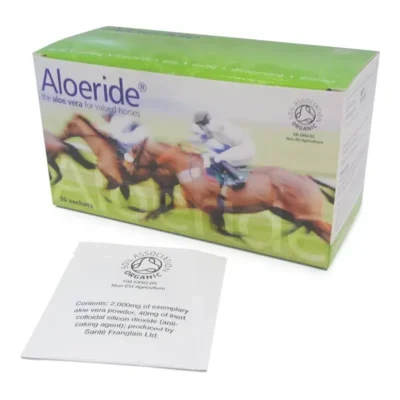
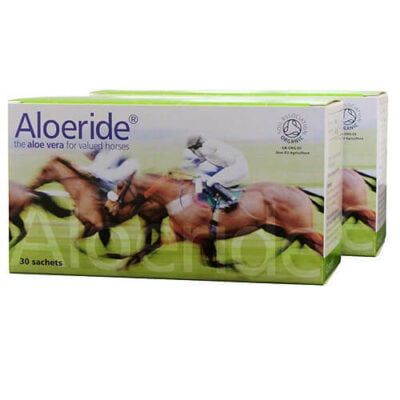
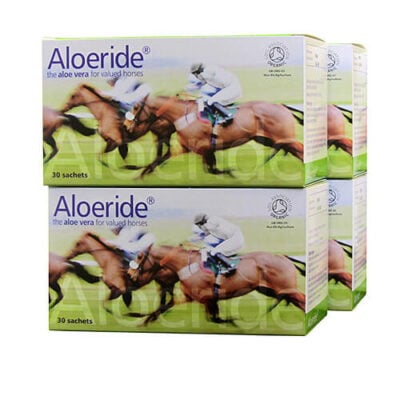
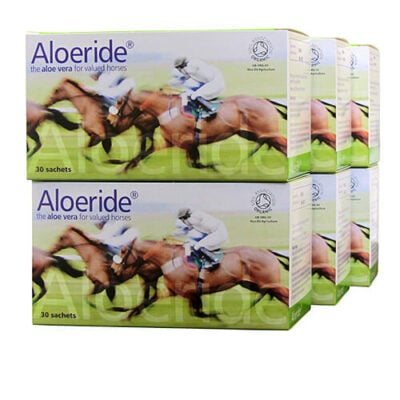
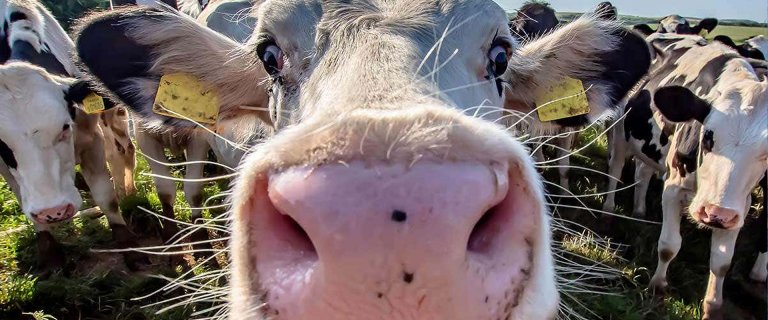
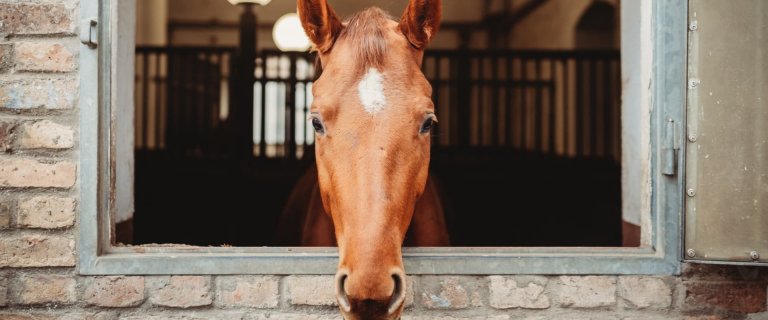


Dear Han,
I must say thank you, thank you very much. The email you wrote this morning was already a quite exhaustive answer, far beyond my expectations. With your post now I got so much more info! This will help me to better understand my horse and I find it to be also a big help for realizing how much you care about horses. Still many thanks and I hope to remain in contact with you.
Kindest regards, Filippo